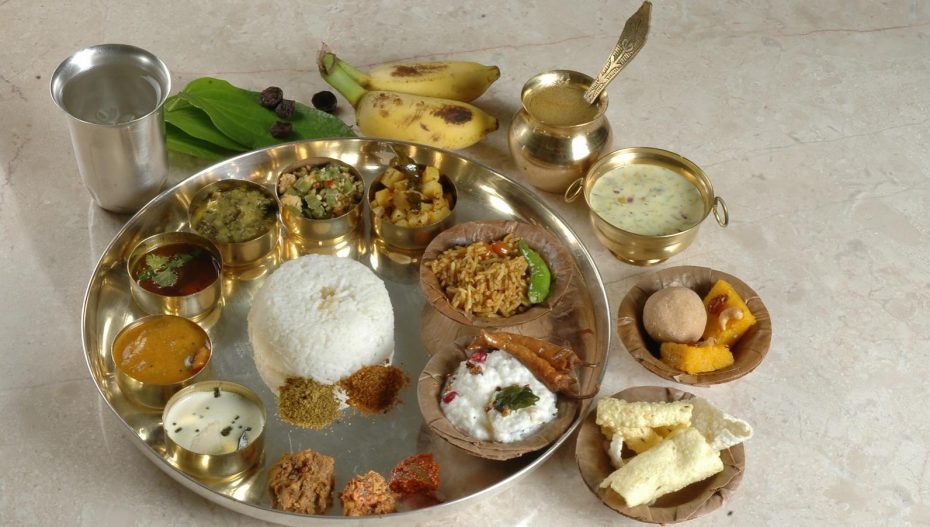Mahabharata remains at the core of Indian traditions, even as the discourse between Lord Krishna and Arjun forms the scared Hindu text, Srimad Bhagvad Gita. It exalts the virtues of honesty, discipline, perseverance, the respect elders must be given and the duties of youngers, the privileges of childhood and of course, the central role of the family as a basic unit in the societal mosaic. Hence, its significance in the Indian context, irrespective of religious identity, cannot be overlooked.
With the family as its building block, the kitchen, therefore occupies an important aspect. What was cooked during their meal times? Did the Pandavas thrive only on fitness foods or indulged in carbs and sugars alike? Was vegan a concept back then?
After a quick browse through the explanatory texts surrounding the Mahabharata, Team VO! puts together the top five food picks. Great as a carb-sugar boost, we recommend you try:
1) Kheer/ Payasam/ Payesh:
The ubiquitous kheer is known by different names in the varied regions of the country. Made by boiling rice in milk, sugar is used to sweeten the preparation. In some part, fried cashews and grated coconut are added to enhance the flavour. For the health conscious, adding jaggery when off the fire is always an option. And yes, Yudhishtra loved it as his morning cereal!! (Udyoga Parva: Bhawat Yana Parva: Section CXLIII)
2) Shashkuli
Also a sweet preparation, shashkuli finds mention as a large cake/pie made of rice flour, sesame seeds and sugar. It is usually ear-shaped and fried in ghee. Some food historians date it to be the early predecessor of jalebi.
3) Krisara
Similar to kheer in its ingredients, this dish however uses rice paste and sooji in some regions. The thickened milk is mildly sweetened and then garnished with chopped pistachios and rose essence. Think of it as the early version of firnee. The dish is mentioned in the Santi Parva.
4) The Meats
Meats were consumed in abundance. A lot of it were animals hunted as game, while regulars on the table were chicken and fish. Remember, this was in the good old days when organic was the way and so meat eaters did not have to worry about injectables or contamination. It was just protein all the way! Meat preparations are noted in section LXXIII of Drona Parva
5) Samvaya
More like a distant cousin of today’s khajur or meethi mathri, as it is called in different parts of India, this sweetmeat was like a flaky ball of wheat flour, sugar, spices, milk and cardamom. Fried in ghee, it has a longer shelf life too.












